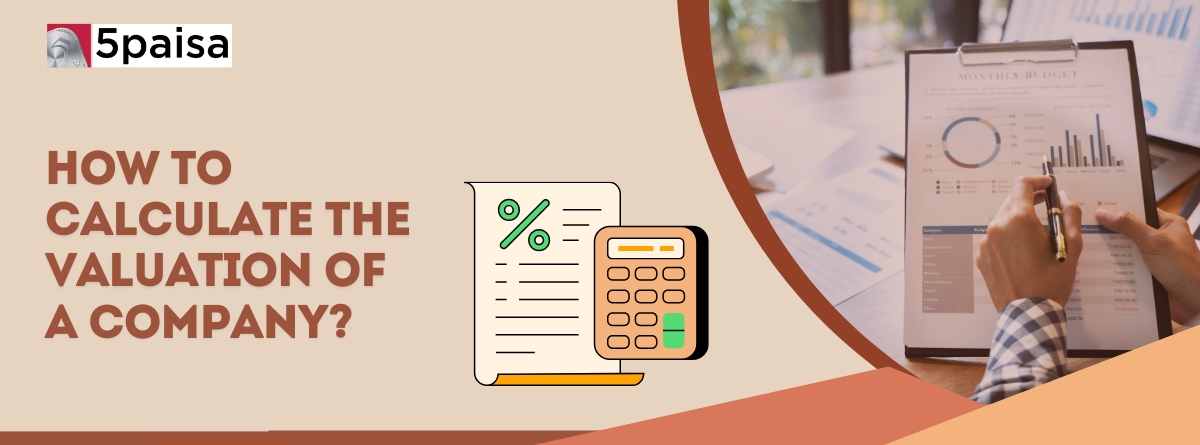Content
- Introduction
- What Is Valuation of a Company?
- How to find the valuation of a company: Methods Of Valuation of a Company
- Examples of how to calculate business valuation
- Conclusion
Introduction
Before investing in a company, it is imperative to study its valuation. Company valuation involves analysing the economic worth of a business and its assets. It considers not only the current financial health but also its prospects.
Valuation is essential for the company itself and its investors. Valuation lets a company track its progress and measure performance against its competitors. Investors use valuations to determine the worth of potential and current investments. Typically, investors sell overvalued securities. and purchase undervalued instruments.
Valuing a public company is more convenient than a private company. The data and information readily available for a listed company are significantly more than for a private company. Private companies do not publicly report their financial statements. Furthermore, there is no standardised stock exchange for private companies. Therefore, it isn't easy to ascertain the market price and capitalisation of the company.
More Articles to Explore
- Difference between NSDL and CDSL
- Lowest brokerage charges in India for online trading
- How to find your demat account number using PAN card
- What are bonus shares and how do they work?
- How to transfer shares from one demat account to another?
- What is BO ID?
- Open demat account without a PAN card - a complete guide
- What are DP charges?
- What is DP ID in a demat account
- How to transfer money from demat account to bank account
Disclaimer: Investment in securities market are subject to market risks, read all the related documents carefully before investing. For detailed disclaimer please Click here.



